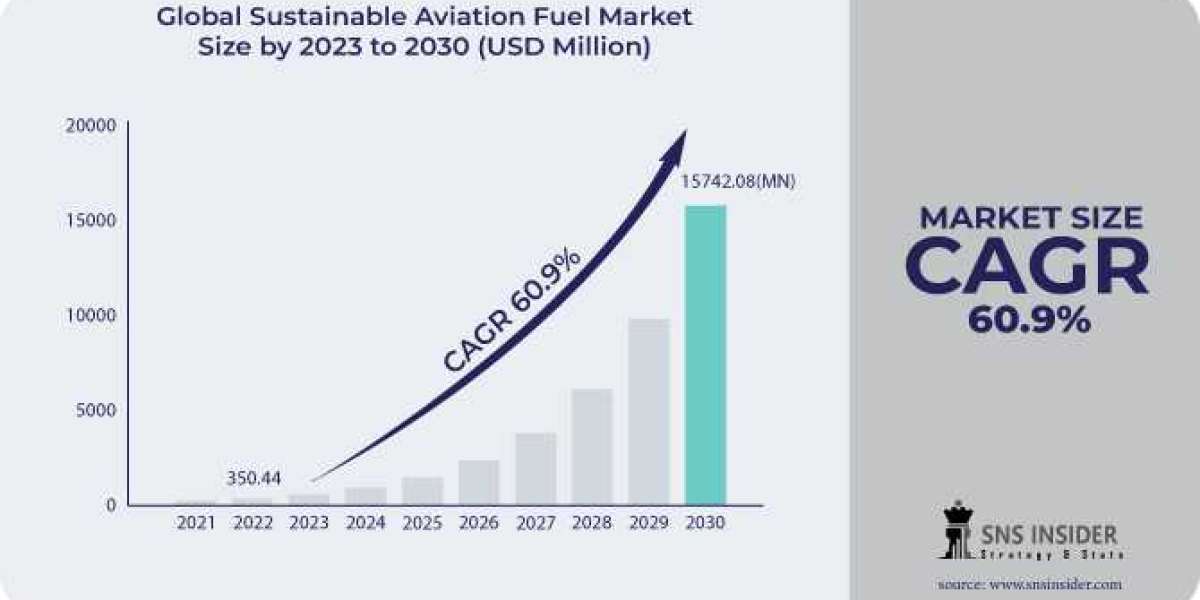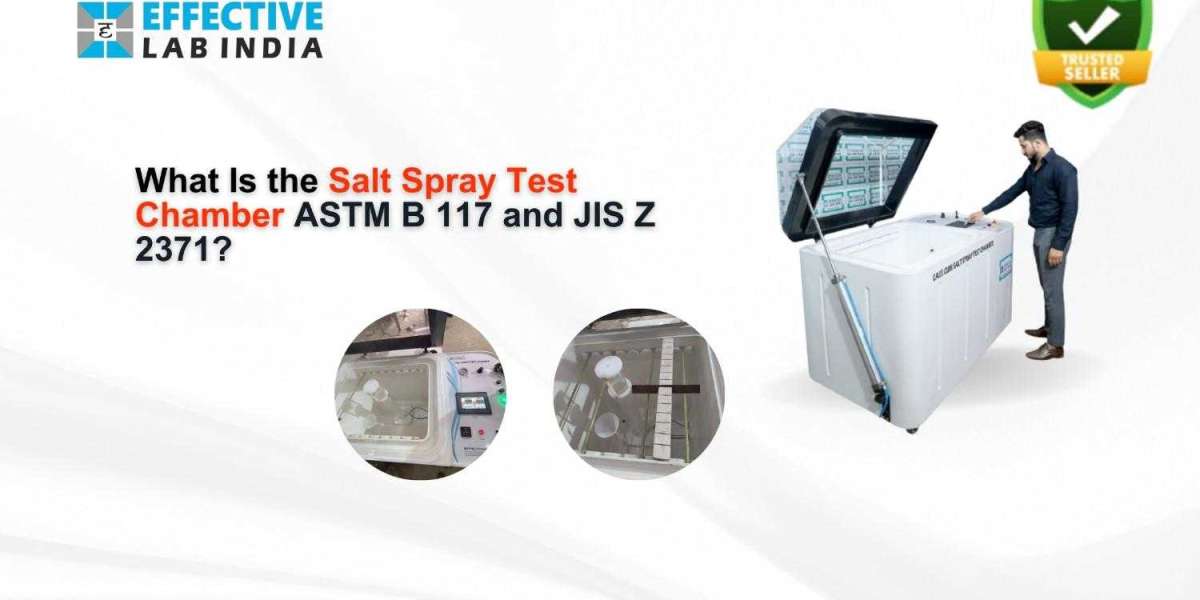The Sustainable Aviation Fuel Market size was valued at USD 563.1 Million in 2023 and is expected to grow to USD 25371.51 Million by 2031 and grow at a CAGR of 60.93% over the forecast period of 2024–2031.
Market Segmentation
By Fuel Type
- Biofuel:
- SAF derived from biological sources such as agricultural residues, waste oils, and non-food crops. Biofuels dominate the SAF market due to their proven technologies and scalability in commercial aviation.
- Hydrogen Fuel:
- Emerging as a potential zero-emission fuel, hydrogen can be used in fuel cells or burned directly in modified jet engines. Its development is in the nascent stages, with significant RD investments.
- Power to Liquid Fuel:
- Also known as e-fuels, these are synthesized from captured carbon dioxide and renewable electricity. They offer a promising pathway for reducing lifecycle carbon emissions.
- Gas-to-Liquid (GTL):
- Derived from natural gas or biogas, GTL fuels provide a cleaner burning alternative. They are gaining traction in regions with abundant gas resources.
By Biofuel Manufacturing Technology
- Fischer-Tropsch Synthesis (FT):
- Converts biomass, waste, or biogas into liquid hydrocarbons. This technology is suitable for large-scale production and offers high-quality jet fuel.
- Hydroprocessed Esters and Fatty Acids (HEFA):
- The most widely adopted technology, HEFA produces SAF from waste oils, fats, and greases. It is commercially viable and approved for blending with conventional jet fuel.
- Alcohol-to-Jet (ATJ):
- Converts ethanol or butanol into jet fuel. It provides a sustainable option for regions with established bioethanol industries.
- Others:
- Includes technologies like pyrolysis and catalytic hydrothermolysis, which are in the developmental stages and hold future potential for SAF production.
By Biofuel Blending Capacity
- Below 30%:
- SAF blends below 30% are commonly used in the aviation sector due to current certification limits and infrastructure compatibility.
- 30% to 50%:
- Represents an increasing focus on higher blend ratios to achieve greater carbon reductions while ensuring fuel performance and safety.
- Above 50%:
- High blend ratios, including 100% SAF, are in the experimental phase and are expected to gain regulatory approval over the forecast period.
By Platform
- Commercial Aviation:
- The largest consumer of SAF, with airlines increasingly adopting sustainable fuels to meet regulatory requirements and reduce their carbon footprints.
- Military Aviation:
- Military applications are exploring SAF to enhance energy security and reduce logistical challenges, particularly in remote or strategic locations.
- Business General Aviation:
- Business jets and private aviation sectors are adopting SAF as part of their corporate sustainability initiatives.
- Unmanned Aerial Vehicles (UAV):
- Emerging as a potential market for SAF, especially for military and commercial drone operations.
By Region
- North America:
- The United States and Canada lead the SAF market in North America, driven by regulatory frameworks like the Renewable Fuel Standard (RFS) and initiatives such as the Sustainable Aviation Fuel Grand Challenge.
- Europe:
- The European Union’s stringent carbon reduction targets and initiatives like the ReFuelEU Aviation proposal are propelling SAF adoption. Countries like the UK, Germany, and France are key players.
- Asia Pacific:
- Rapidly growing aviation markets in China, India, and Japan are investing in SAF infrastructure to meet increasing demand while addressing environmental concerns.
- Latin America:
- Countries like Brazil are leveraging their strong biofuel industries to produce SAF, particularly through ethanol-based technologies.
- Middle East Africa (MEA):
- The region is exploring SAF as part of its diversification efforts in the energy sector, with airlines like Emirates and Etihad participating in SAF trials.
Key Market Drivers
- Environmental Regulations and Carbon Reduction Goals:
- Regulatory bodies like ICAO’s CORSIA and the EU’s Fit for 55 are driving SAF adoption by imposing stricter carbon emissions limits on the aviation sector.
- Technological Advancements:
- Innovations in SAF production technologies, including advanced biofuels and e-fuels, are reducing production costs and enhancing fuel quality.
- Increasing Airline Commitments:
- Major airlines are committing to net-zero emissions targets, driving the demand for SAF as part of their sustainability strategies.
- Government Incentives and Investments:
- Subsidies, tax credits, and direct investments in SAF production facilities are boosting market growth.
Market Outlook and Forecast
The global sustainable aviation fuel market is poised for rapid growth, driven by increasing demand for cleaner energy in aviation and supportive regulatory frameworks. By 2031, the market is expected to witness widespread adoption across all platforms, with advancements in production technologies and infrastructure playing a crucial role.
Read Complete Report Details of Sustainable Aviation Fuel Market 2024–2031@ https://www.snsinsider.com/reports/sustainable-aviation-fuel-market-3331
Conclusion
Sustainable aviation fuel represents a critical solution for decarbonizing the aviation sector. The market’s growth will be fueled by regulatory support, technological advancements, and increasing commitments from industry stakeholders. As SAF technologies mature and production scales up, the aviation industry will be better positioned to achieve its sustainability goals.
About Us:
SNS Insider is a global leader in market research and consulting, shaping the future of the industry. Our mission is to empower clients with the insights they need to thrive in dynamic environments. Utilizing advanced methodologies such as surveys, video interviews, and focus groups, we provide up-to-date, accurate market intelligence and consumer insights, ensuring you make confident, informed decisions.
Contact Us:
Akash Anand — Head of Business Development Strategy
info@snsinsider.com
Phone: +1–415–230–0044 (US) | +91–7798602273 (IND)














